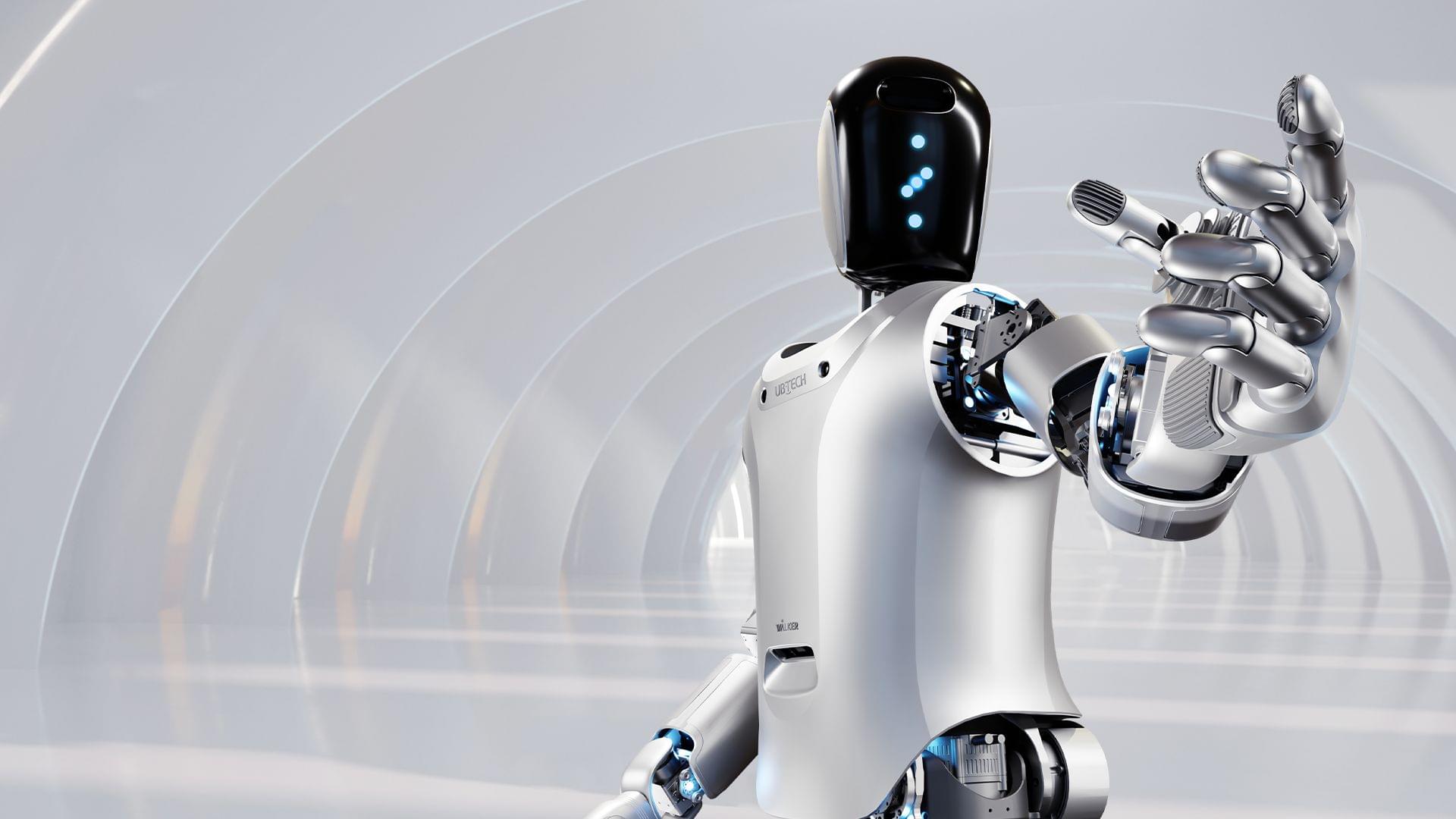A team of scientists has unveiled a breakthrough that could one day propel computers to operate at speeds millions of times faster than today’s most advanced processors.
The discovery, led by researchers at the University of Arizona and their international collaborators, centers on harnessing ultrafast pulses of light to control the movement of electrons in graphene – a material just one atom thick.
The research, recently published in Nature Communications, demonstrates that electrons can be made to bypass barriers almost instantaneously by firing laser pulses lasting less than a trillionth of a second at graphene. This phenomenon, known as quantum tunneling, has long intrigued physicists, but the team’s ability to observe and manipulate it in real time marks a significant milestone.






